Here’s the scene, photographed with a Hasselblad X2D, 90mm XCD lens, and developed in Lightroom with default settings.
Here’s the raw histogram, log-log presentation:
Looks like it’s ETTR, but maybe too conservative.
Here’s the raw histogram with a linear y-axis:
That makes it look a stop or so underexposed from ETTR.
Here’s the in-camera histogram:
That looks like ETTR.
Here’s what the image looks like after I developed it to taste in Lightroom
Could we have given a more generous exposure?
Here’s an image with a stop longer shutter speed.
Here’s the raw histogram for that shot:
This looks like ETTR, but the log log plot shows that it’s a bit hot:
There are almost 5000 pixels clipped in each green raw channel.
The in-camera histogram looks like this:
The red channel looks close to clipping, but the red raw channel is a stop and a half lower. The green channel looks only slightly hotter than the green raw channels. I think that’s because the highlights are mostly green.
Here’s the histogram in Lightroom at default settings plus Daylight white balance:
And here’s the developed to taste image:
The obvious question is: “Are there any significant differences in the highlights and shadows of the two images that are different in exposure by a stop?”
Let’s look at the shadows first. At a little over 100% magnification:
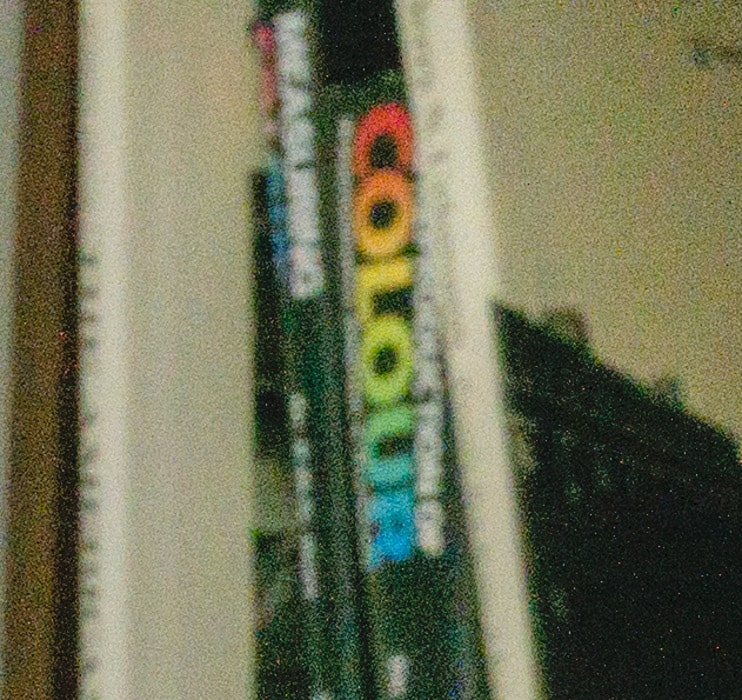
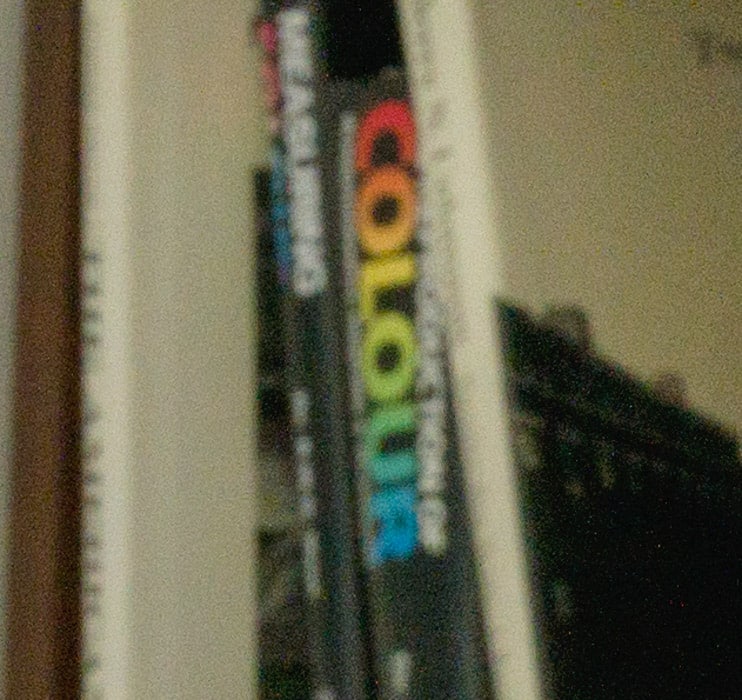
I turned down the sharpening from Lightroom’s grotesque default of amount = 40. I set it to 20, and left everything else alone. It is clear that the more generous exposure produces cleaner shadows. No surprise there.
What about the highlights?
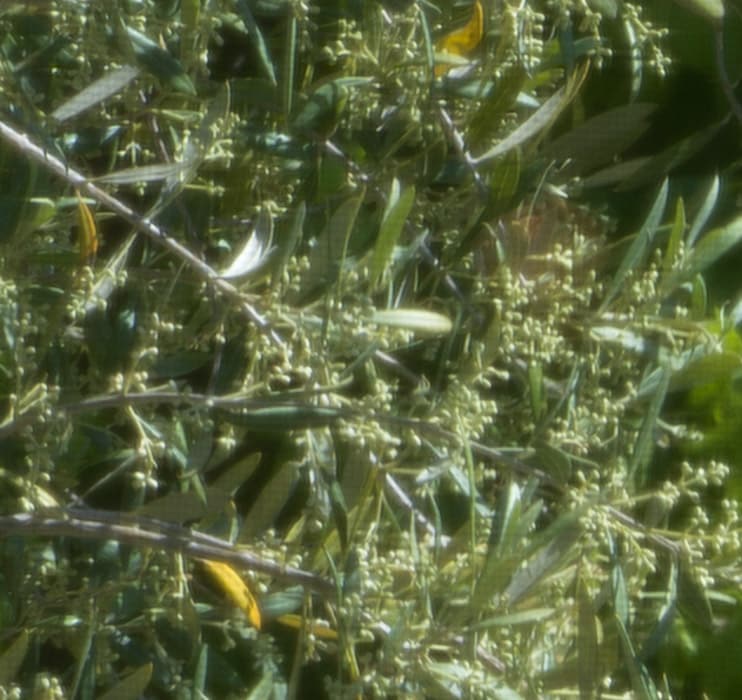
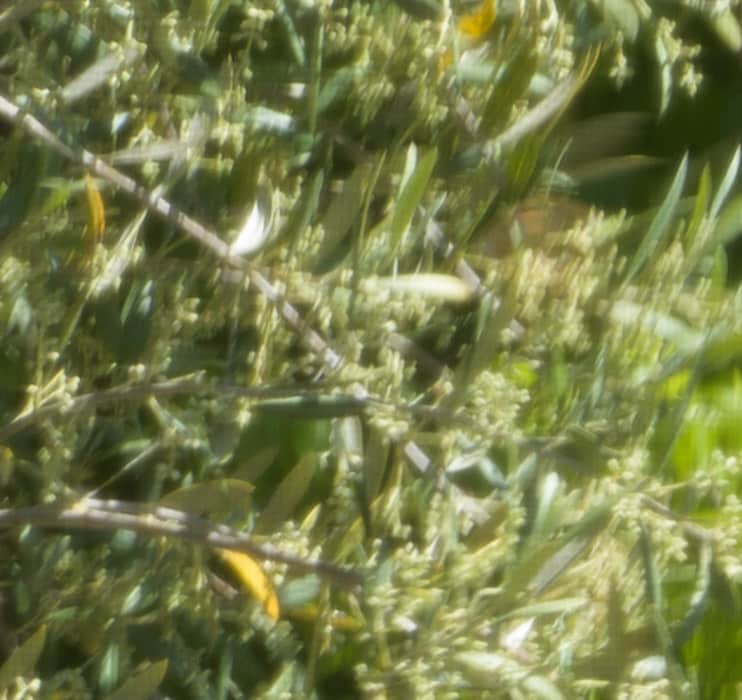
Sorry about the screen door artifacts and the subject motion in the 1/15 second image. I wouldn’t call anything in the longer exposure blown in any significant way. If Lightroom is reconstructing the detail in the leaf in the upper left quadrant of the image, it is doing a credible job.
This is a case where relying on the log log histogram reduces image quality.
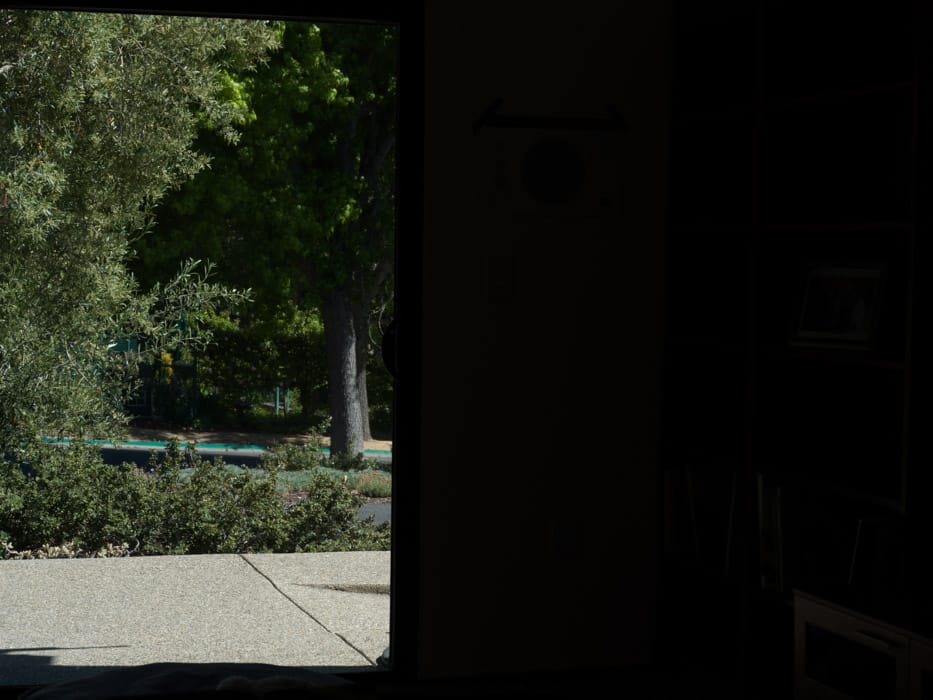
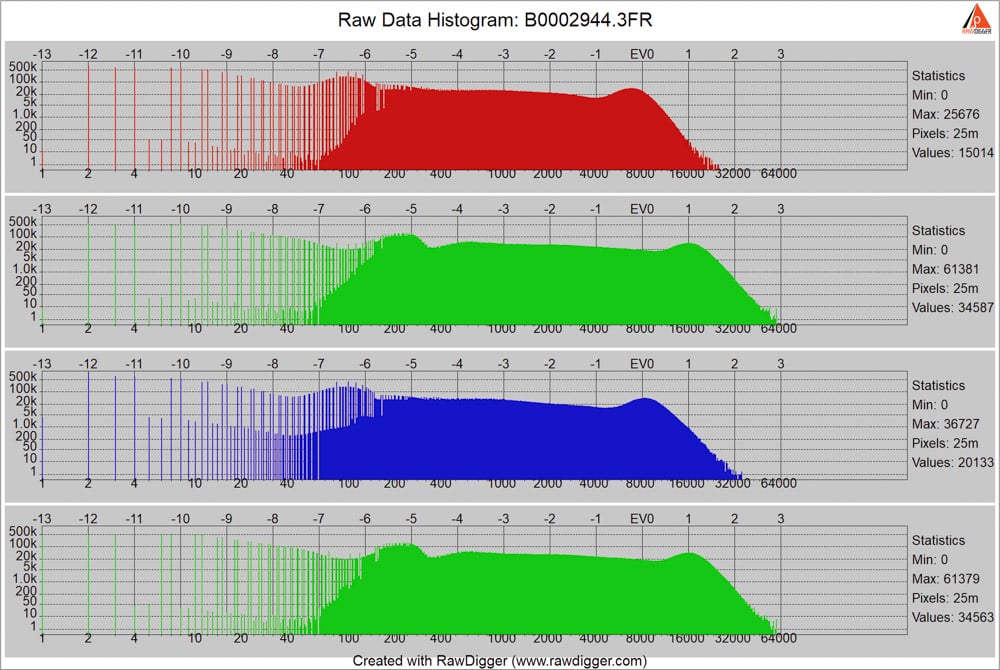
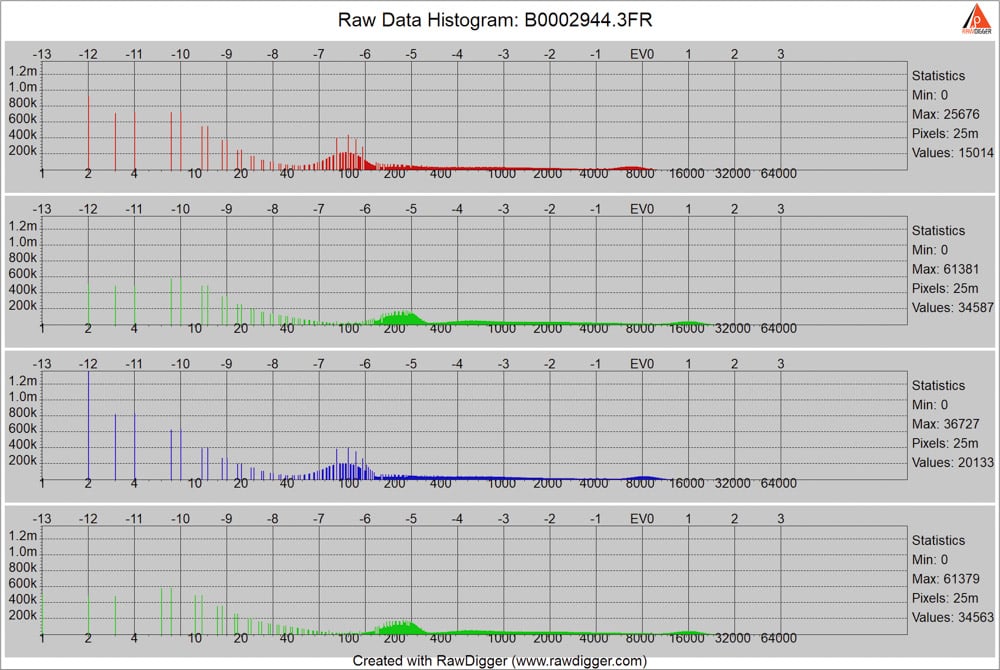
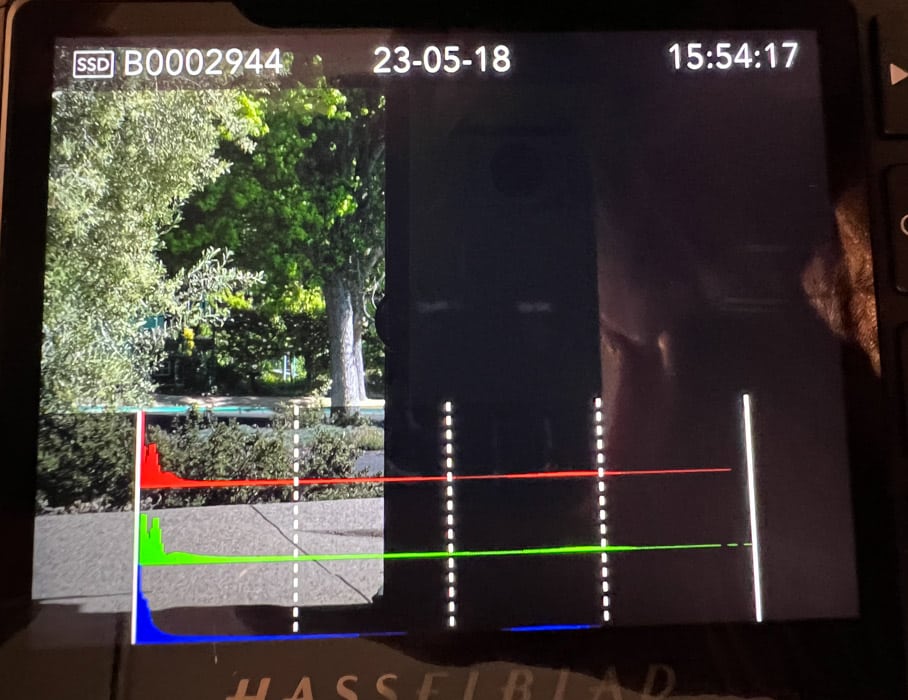
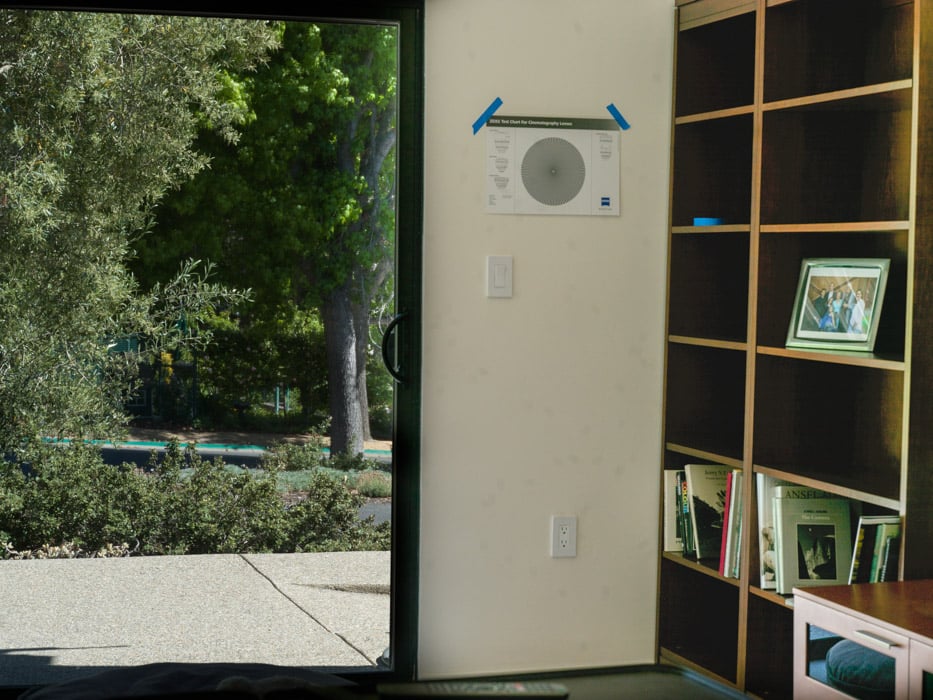
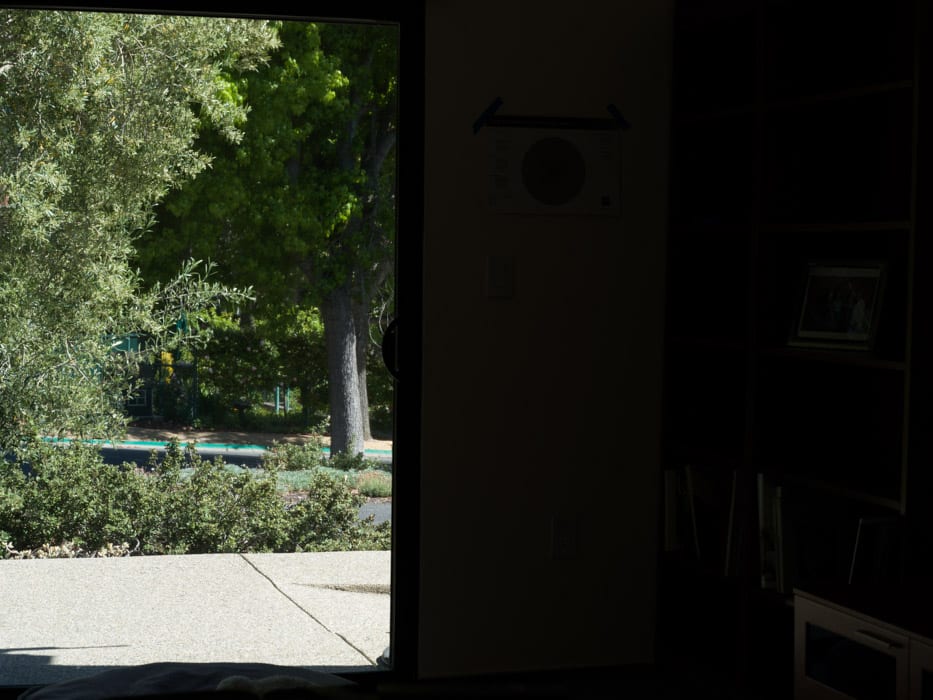
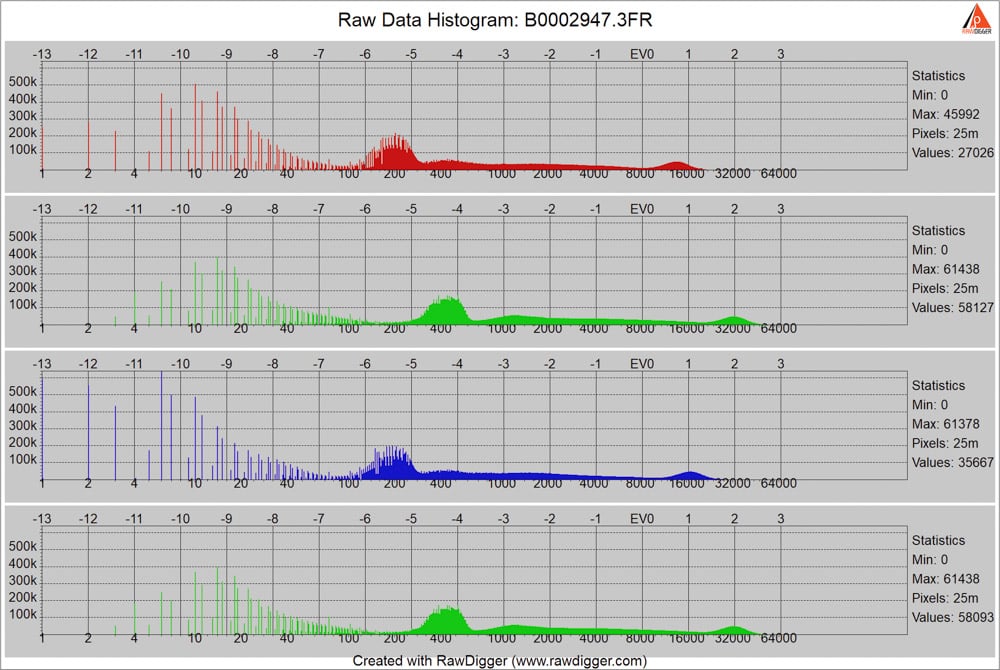
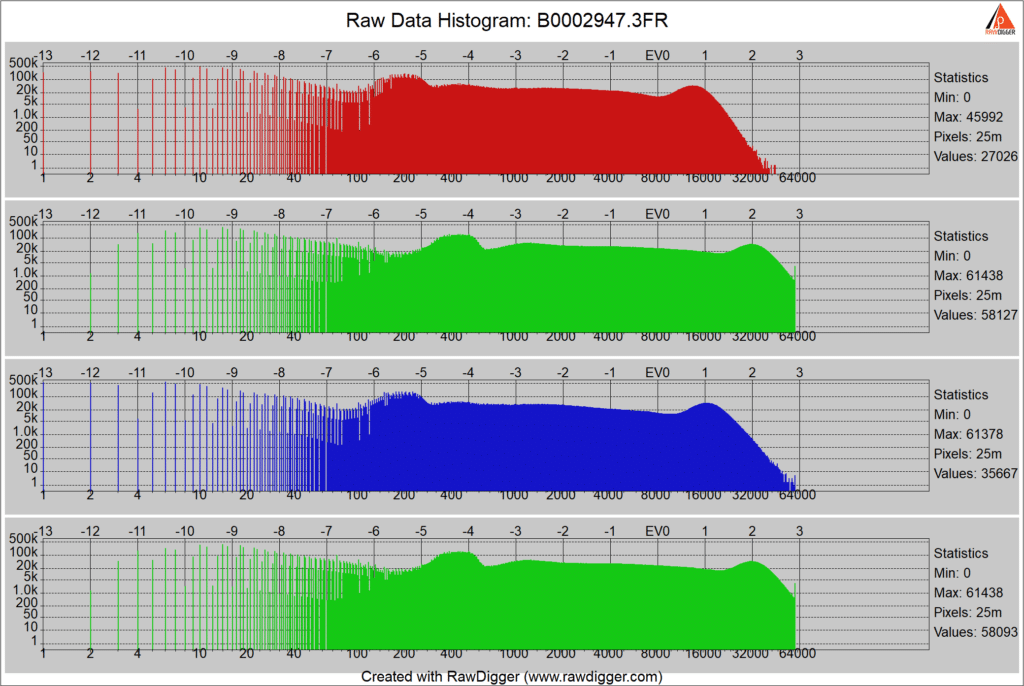
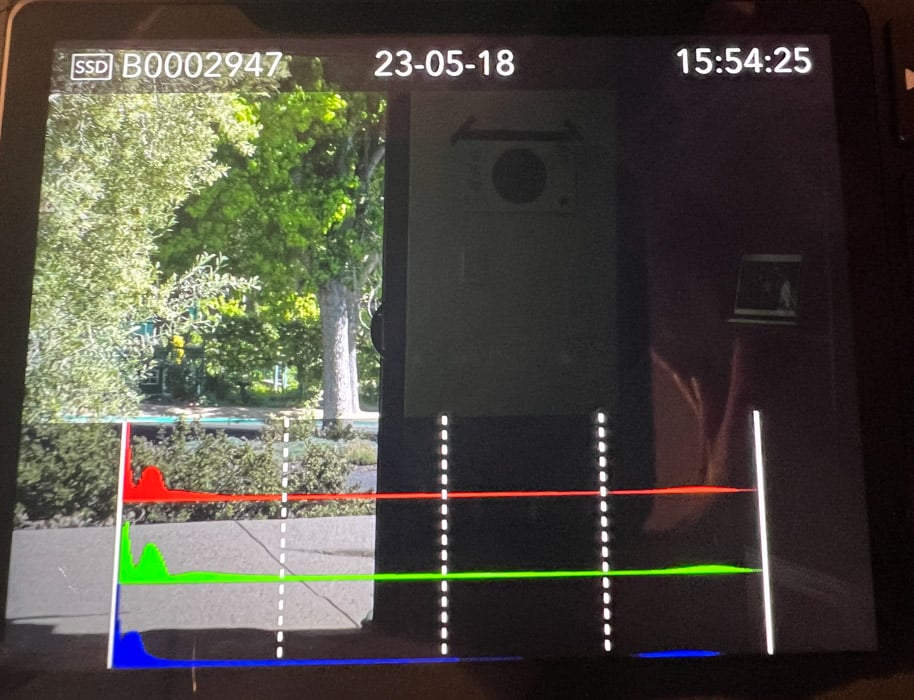
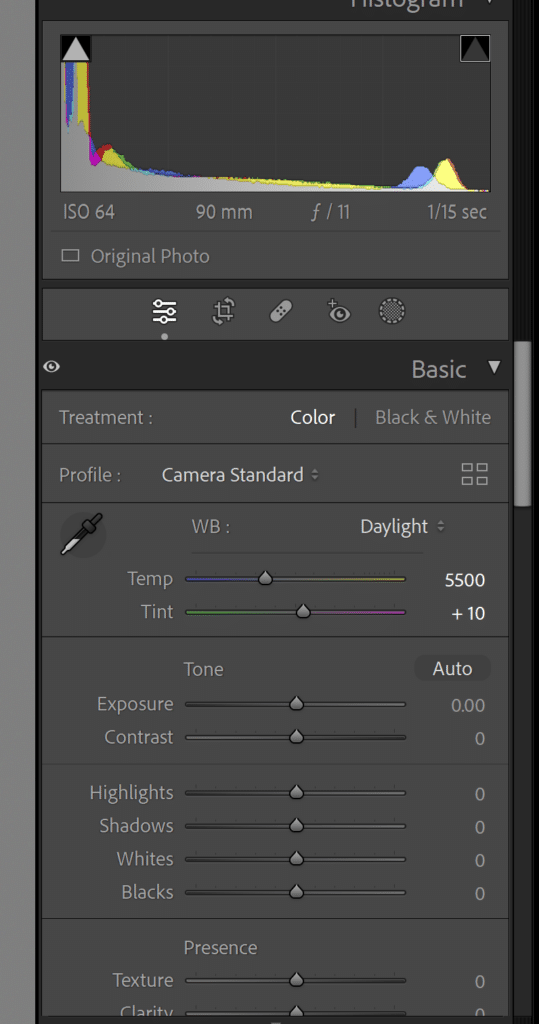
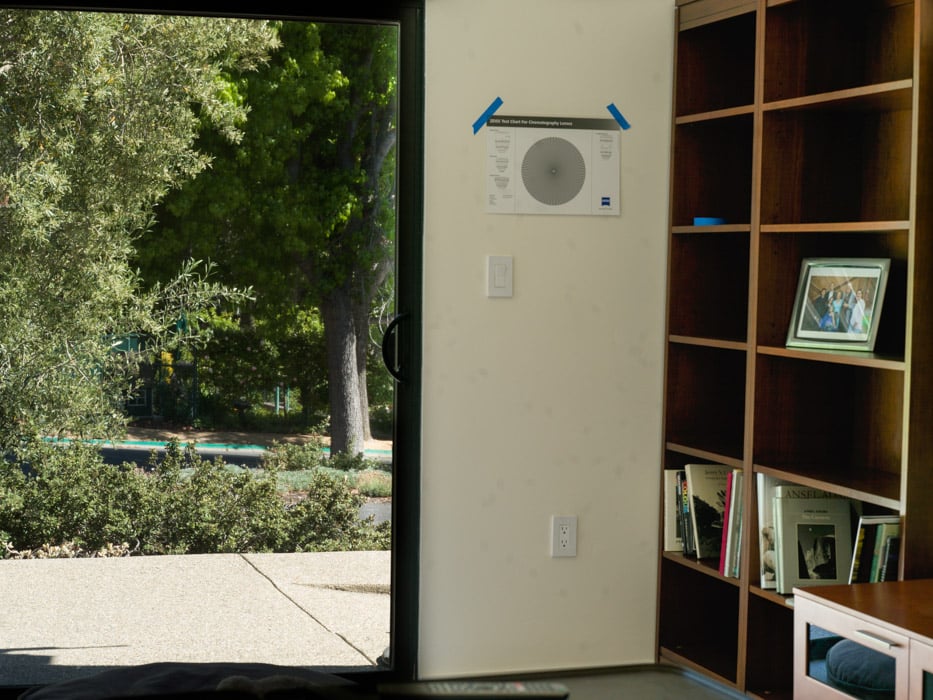
Haitong Yu says
Jim, I am amazed to see this blog is still up and running! Hope you are getting better! Despite of my desire to see more posts (especially reviews of XCD 90 V), I hope you take your time and don’t hurry it. Good health!